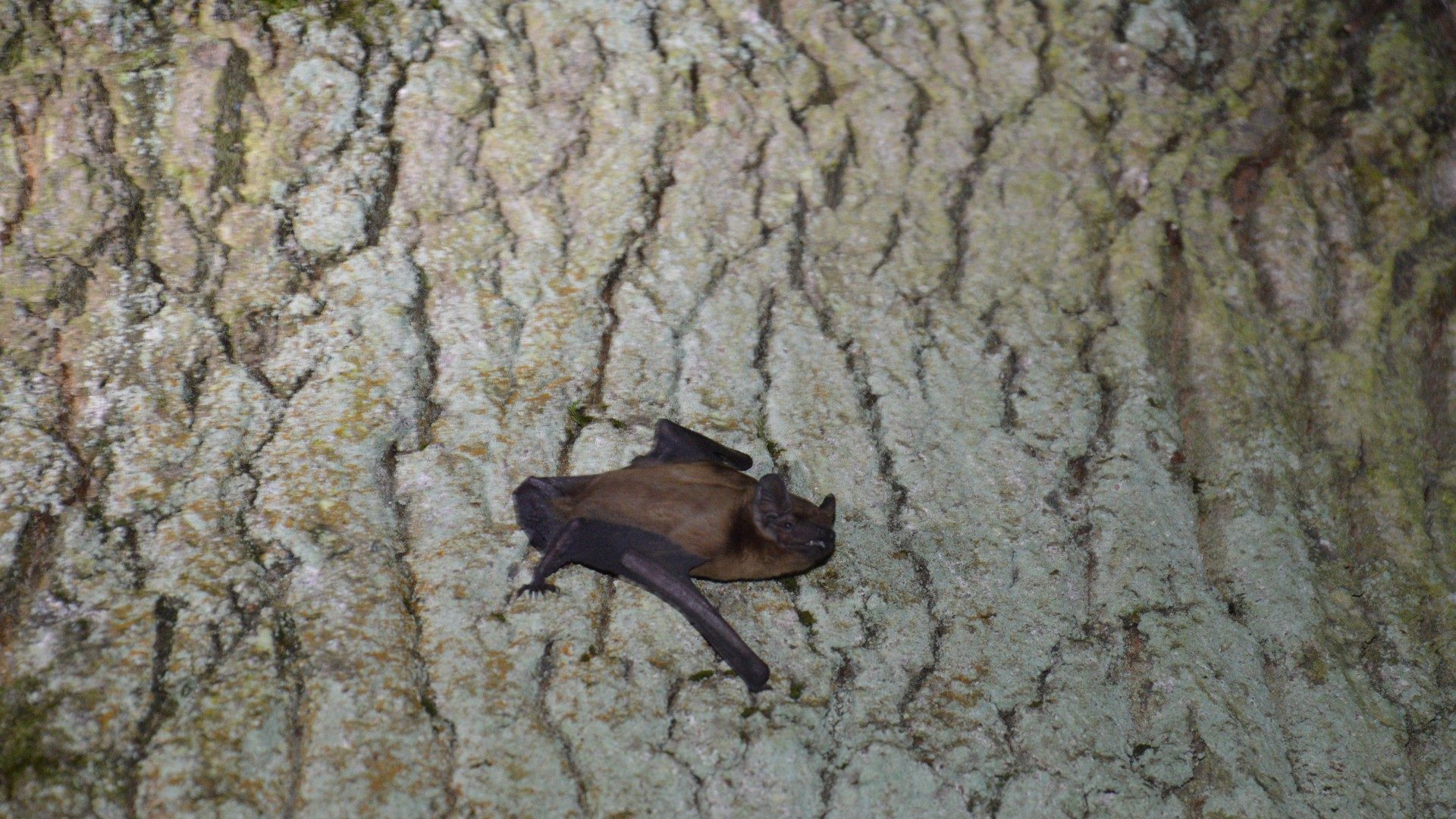In 1790 an Italian scientist named Lazzaro Spallanzi was intrigued by the ability of bats to forage for insects at night. In an attempt to understand how they performed this remarkable feat he undertook several experiments. He found that blindfolded the bats flew unimpaired, but when they had their ears plugged they would fly into objects which they would otherwise have avoided. Since the bats appeared to be flying in silence, he could not understand why hearing was playing such an important role in their navigation.
It was not until a device had been invented for detecting ultrasound, 150 years later, that Spallanzi’s results were understood. The bats were emitting ultrasound when they flew and using the echoes to gather information about their surroundings.
The use of echolocation is not exclusive to bats. For example, species of cetacean, shrew and bird are also known to echolocate. However, echolocation is highly evolved in many bat species because they employ it as their principal sense for navigation and hunting.
Bat detectors are devices used to convert bat calls into audible frequencies for humans. There are several different types of bat detectors:
- Heterodyne detectors combine the bat call with a constant internal frequency which creates “sum” and “difference” frequencies. The “sum” frequency lies outside the range of human hearing, so only the “difference” frequency is heard. A disadvantage of heterodynes detectors is that they are tuned into a specific frequency and may not detect species echolocating outside this frequency. Recent heterodyne detector models are overcoming this issue by having the device scan a range of frequencies until a bat call is detected.
- Frequency division bat detectors synthesise a sound which is a fraction of the bat call. With frequency division detectors, bat calls can be heard over their full range. This is advantageous particularly if the call is going to be recorded for analysis at a later date.
- Time expansion detectors convert the bat call into a digital format using a high sampling rate. This allows the maximum amount of information to be collected because both frequency and amplitude information are preserved in the recorded call.
At Thomson we have various models of bat detectors to suit the different bat surveys that we undertake. One of our preferred models is the Elekon Batlogger M. The Elekon Batlogger M is a superheterodyne bat detector, which scans all frequencies to ensure no bats are missed. It is also one of the most sensitive bat detectors on the market with a range of up to 50m. Other advantages of this Batlogger include an in-built GPS and thermometer.
Bat call detection is often used as a non-invasive method of identifying bat species. To correctly identify a species of bat it is important to know the unique acoustic properties for that species. This can be difficult at times because a single species may vary its call in many ways and the call may also be affected by the surrounding environment. A bat surveyor needs to be experienced to make this distinction and often employs assistance in the form of bat analysis programmes to help in this task.











